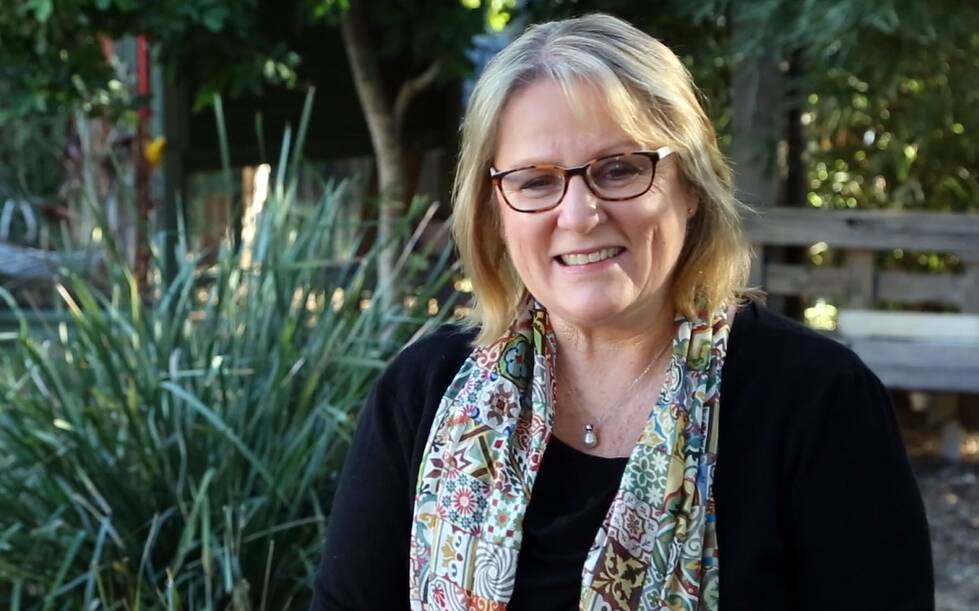
MORE than 26 per cent of people in regional Queensland are living in a "childcare desert", according to a new report.
Conducted by the Mitchell Institute at the University of Victoria, the report shows that country areas were the worst impacted by the ongoing shortage of childcare places and many regions were living in a "childcare desert", where more than three kids were vying for one place.
Using population figures gathered by the Australian Bureau of Statistics during the 2016 census, the report found the ABS' Far North region, which covers areas such as Cape York, Cairns and Dutton River, was the worst hit with 8.7 children competing for the one place in childcare.
The Central Highlands region, which covers areas like Capella, Emerald and Rollerston, had 7.1 children per space and the ABS' Biloela region, which also includes Moura and Taroom, had 6.4 children per space.
The study's lead author Dr Peter Hurley said limited or no access to childcare could have long-term impacts on a child's development.
"There is a huge body of evidence showing the positive long-term impacts produced by high-quality early learning in setting children up for success as they transition to school, with the benefits continuing throughout their life," Dr Hurley said.
"It is children from disadvantaged backgrounds who benefit the most, but our research shows these children are the ones most likely to live in an area with a shortage of childcare places."
Read Also:
Creche and Kindergarten Association chief executive Sandra Cheeseman has owned a childcare centre in Biloela for more than 15 years and said Biloela Early Learning Centre could hold up to 75 spots for children, but her main issue was staff shortages.
"From the day that I purchased this centre in Biloela, we've struggled to staff it to be able to take on more children," she said.
"I have tried to source staff, I pay above award wages and tried attracting migrants to work here, with the ability of getting visas offered and sponsoring them for permanent residency.
"If I had three or four more staff, I could fill up to 25 more spots. That's 25 mothers that could go back to work if I can get more staff."
Dr Cheeseman said recent childcare reform had a major impact on acquiring staff in central Queensland.
"Just before COVID-19, the childcare reform had a huge impact on the labour market because a mum would walk in and say, 'I'm looking for a job' and we could start them tomorrow and they were basically a childcare assistant," she said.
"Now, not only do workers have to have a minimum of a certificate three in childcare or be enrolled and working towards one, 50pc of the staff have to have a diploma to work in a child centre, so that makes it even harder.
"It has become a logistical nightmare trying to meet all of the childcare legislation reforms. In order to take more children on, I need more qualified staff willing to work and live here rurally."
To help ease the burden on families, the federal government introduced the childcare subsidy in 2018 and has plans to invest $11 billion into the sector during 2022-2023, including reducing the cost for families with more than one child aged under five in care.
Acting federal Education and Youth Minister Stuart Robert said the government was also investigating ways to help make childcare more accessible in the future.
"To support thin markets, especially in regional and remote Australia, we are already investing $432.5 million over the next four years through the Community Child Care Fund," he said.
"In 2022-23, there are 824 services, of which 403 services are in regional and remote Australia, receiving 65pc of CCCF funding."
Want daily news highlights delivered to your inbox? Sign up to the Queensland Country Life newsletter below.

